Have you ever had challenges caring for an Alocasia Wentii? Well, it’s time for redemption.
- What Does A Peace Lily Look Like When It’s Healthy
- Philodendron Goeldii Mature: A Short Guide to Care and Growth
- Different Types of Hydrangea Bushes: Discover Amazing Types For Sun & Shade
- Purple Thanksgiving Cactus: 6 Potential Causes
- Unveiling the Mesmerizing Beauty: Calathea Stella vs White Fusion
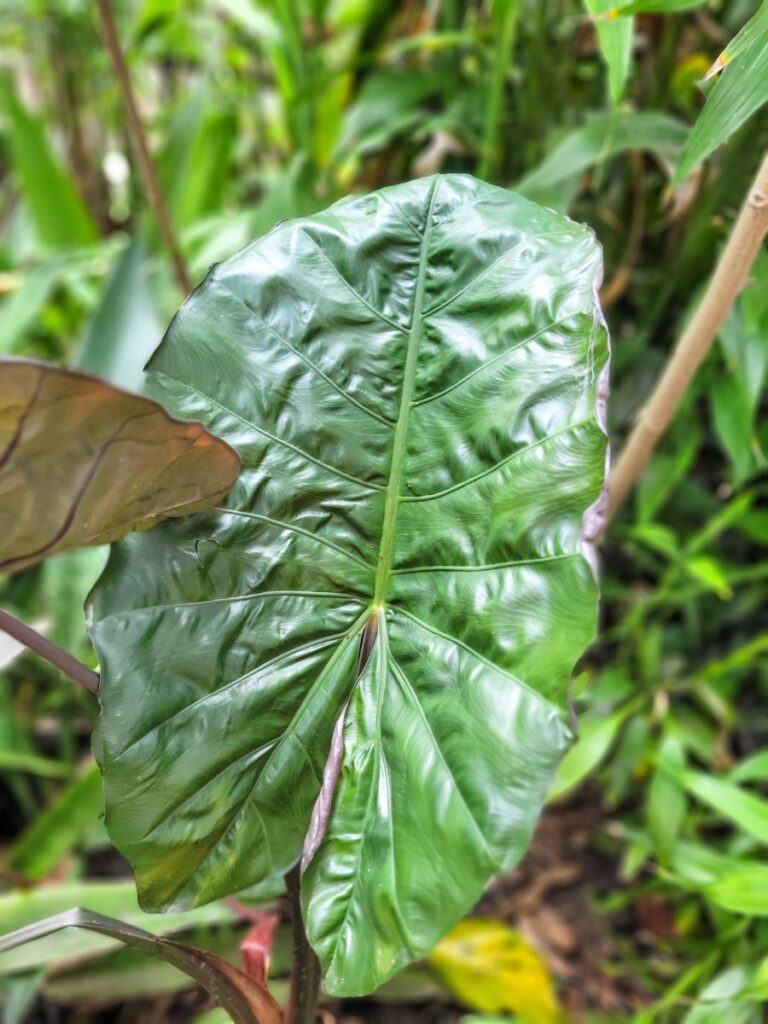
Alocasia Wentii, also known as the African Mask or Hardy Elephant Ears, adds a lovely touch to both indoor and outdoor landscapes, providing a quick way to infuse a tropical vibe.
You're reading: Basics of Caring for An Alocasia Wentii
These plants are not only easy to care for but also quite hardy.
Of course, like any plant, they have their own preferences.
From humidity hacks to watering wisdom, this guide will show you how to keep your jungle gem happy and healthy, even if you can’t tell a monstera from a maidenhair fern.
Understanding Alocasia Wentii
The Alocasia Wentii, hailing from Asia and Eastern Australia, is a true subtropical gem.
In its native habitat beneath the lush canopy of trees, it boasts large leaves that can reach the size of a real elephant’s ears – quite a spectacle, I must say.
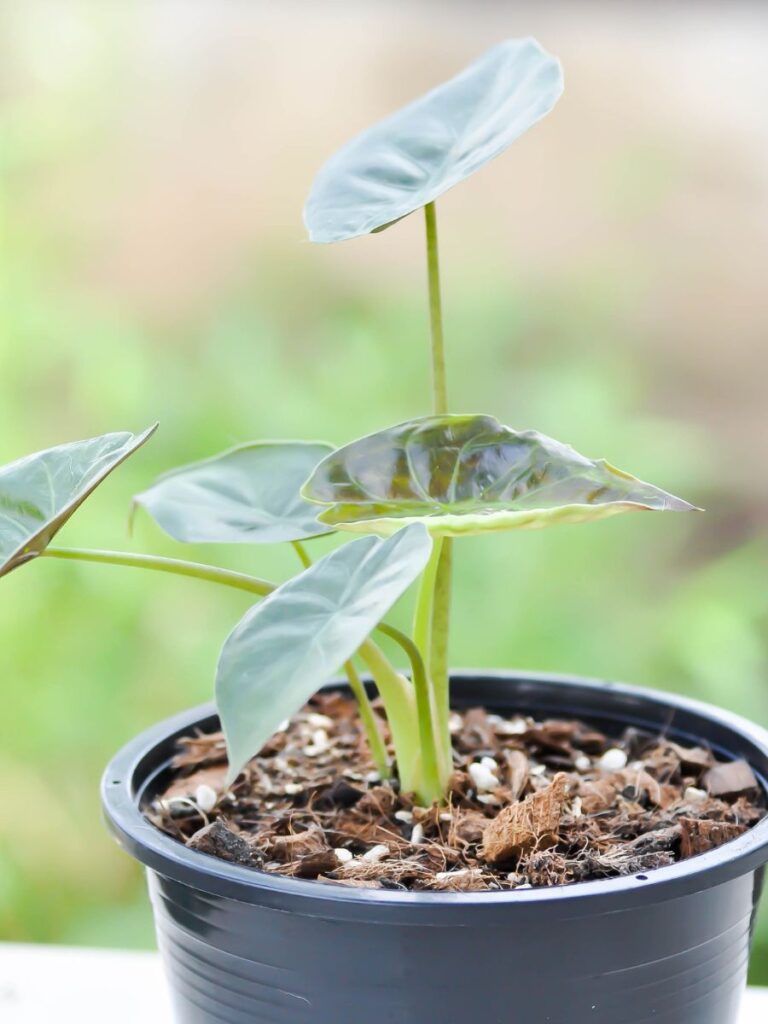
What truly enamors me is its rapid growth; this plant can churn out new leaves almost every week, even when cozy indoors.
While it may take a break and go dormant in colder weather, you can trust that it will bounce back with vitality once the temperatures warm up.
Under optimal conditions, your Alocasia Wentii might surprise you with blooms resembling the stem of a peace lily.
However, spotting them can be a bit like a treasure hunt since the blooms often play hide-and-seek amidst the green foliage.
- Natural Habitat: Found in the tropical regions of Southeast Asia.
- Hardiness Zones: Ideally suited for USDA hardiness zones 10-11.
- Preferred Environment: Flourishing in warm and humid conditions, with a notable sensitivity to colder temperatures.
- Sunlight: Requires bright, indirect light for a minimum of 6 hours daily but can adapt to low-light conditions indoors.
- Soil Type: Thrives in nutrient-rich, well-draining soils with the right balance of moisture retention and aeration.
- Water: Thrives with weekly watering complemented by daily misting to maintain consistently moist soil.
Caring for An Alocasia Wentii
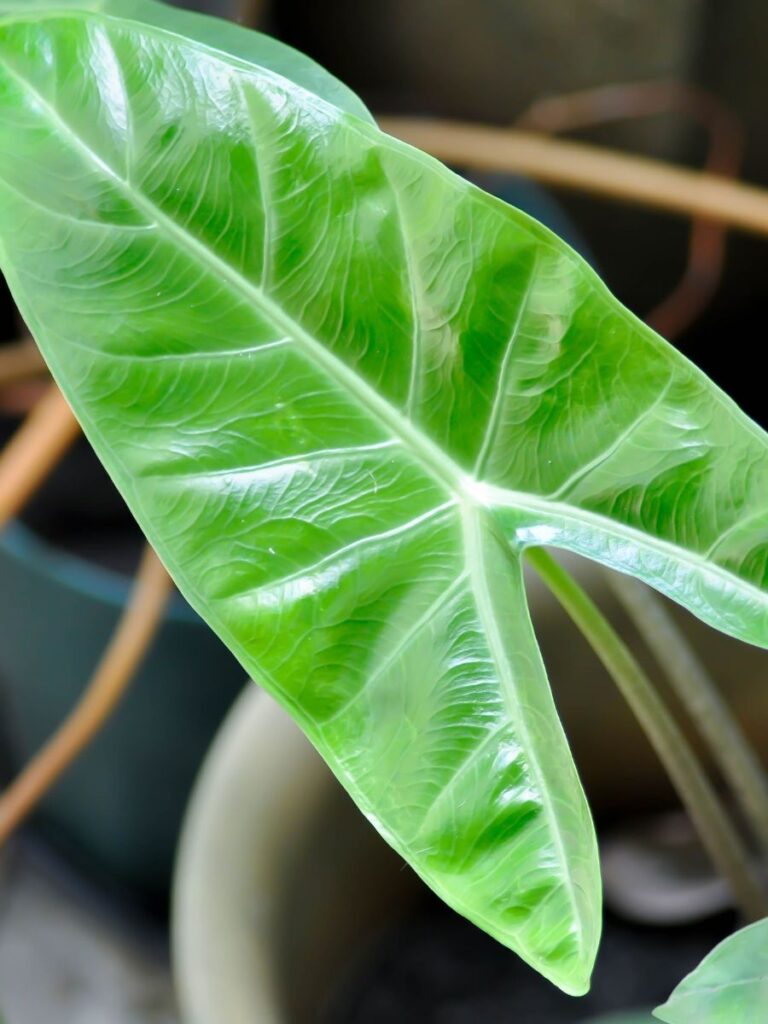
Providing the Perfect Light
Like any plant, ample light is vital for the well-being of the Alocasia Wentii.
To ensure the optimal health of your Alocasia Wentii, providing bright indirect light for a minimum of six hours each day is essential.
Read more : How to Care For Outdoor Lily Plants: Easy Guide for Beginner
While the plant can tolerate lower light levels, abundant bright indirect light is crucial for it to thrive and exhibit its distinctive large leaves.
If you decide to position your Alocasia Wentii outdoors during the warmer months, ensure it is placed in a location that receives partial shade.
This precaution helps prevent leaf burn caused by direct sunlight exposure.
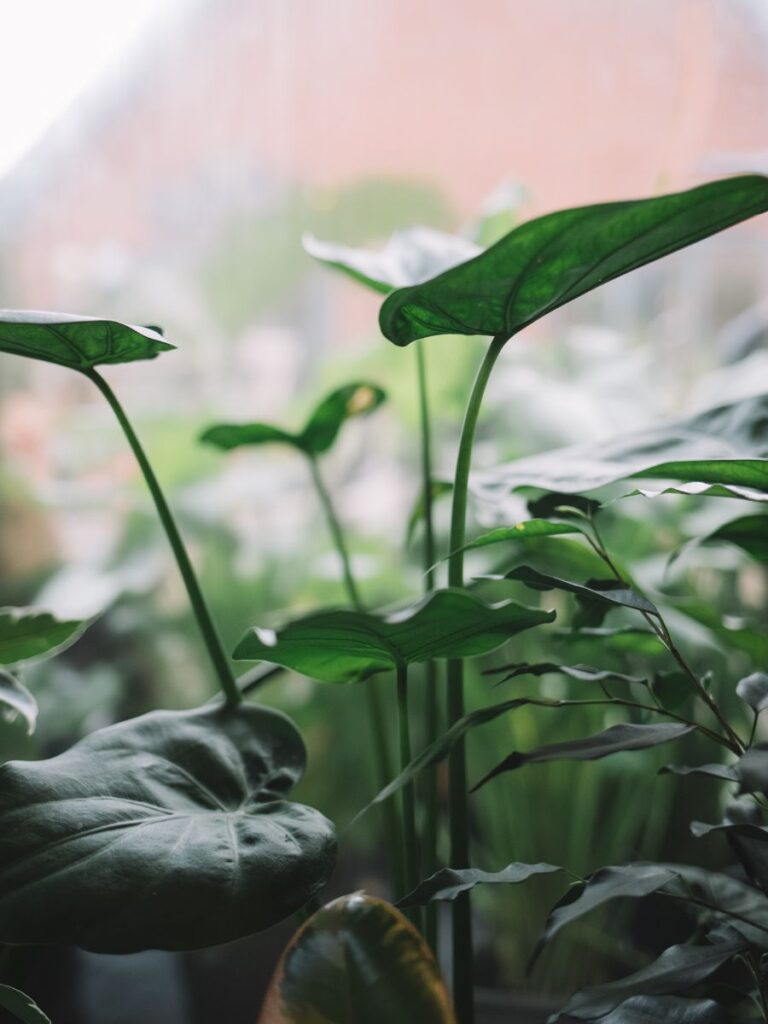
Watering Guidelines
The Alocasia Wentii maintains medium water requirements, preferring not to completely dry out while also disliking prolonged exposure to standing water.
It’s advisable to allow the soil to dry out until approximately three-quarters of it is dry before initiating the next watering session.
Exercising caution to avoid overwatering is key, as these plants do not flourish in soggy conditions.
When watering, ensure thorough saturation of the soil and allow excess water to drain through the pot’s drainage holes.
The use of a well-draining soil mix is crucial for the overall health of the Alocasia Wentii.
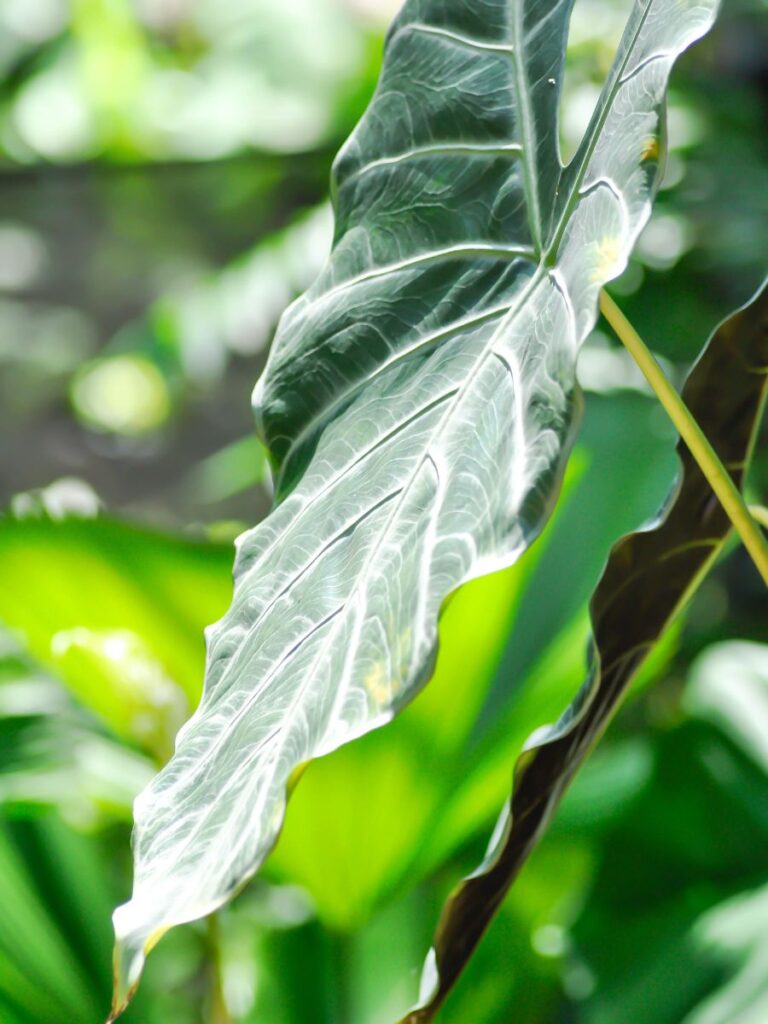
Choosing the Right Soil
Alocasia plants thrive in loose, nutrient-rich potting soil.
Most commercially available pre-mixed soils will work like a charm, as long as they include organic goodies like coco-coir, peat moss, or shredded leaves.
Now, here’s the dirt: steer clear of soils with moisture-retaining crystals.
Those little things can be troublemakers, leading to overwatering.
If you find your soil draining faster than a racecar, it might be time to give your Alocasia Wentii a new home in a compost-rich mixture with a bit less of that speedy drainage stuff.
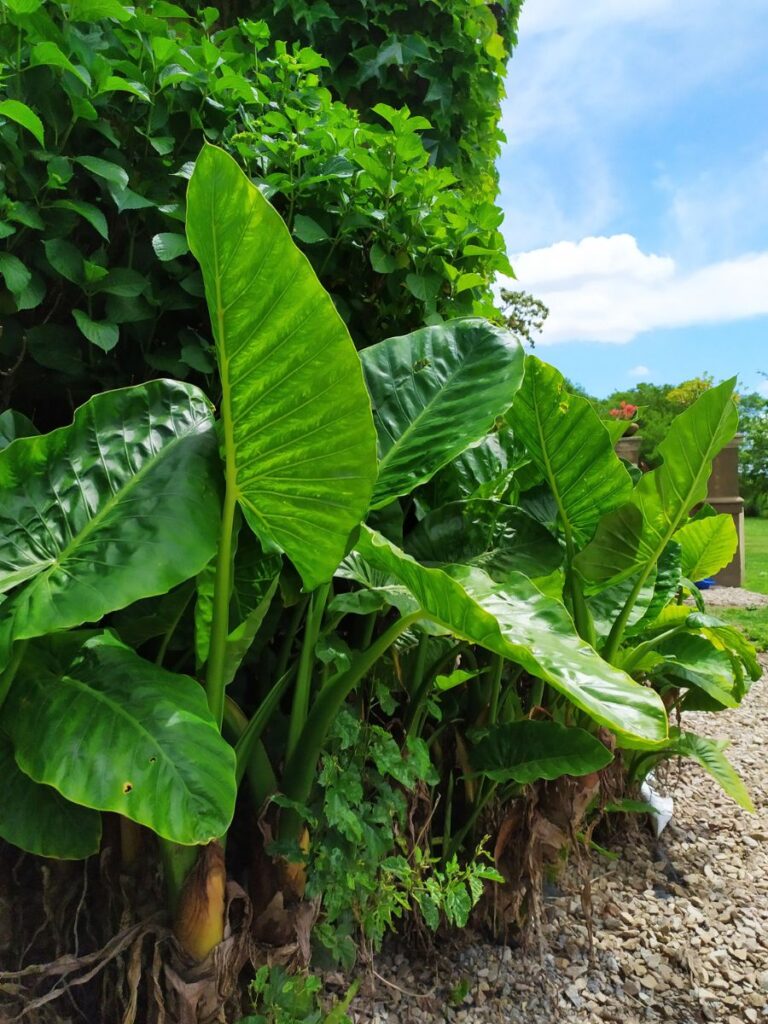
Temperature and Humidity Matters
Read more : Guiana Chestnut: How to Take Care of a Money Tree Plant Indoors
For the Alocasia Wentii, it’s all about that Goldilocks zone—warmer temperatures between 60-80 degrees Fahrenheit are just right.
Think of it as their sweet spot.
Now, here’s a tip: keep them away from drafts from windows or doors, and definitely steer clear of heating or cooling vents.
Humidity
Now, let’s talk humidity. These plants are the humidity-loving rockstars of the plant world.
They thrive in high humidity environments, so the more, the merrier.
Consider placing your Alocasia Wentii near a humidifier or treat it to a pebble tray with water to give it that extra dose of moisture they absolutely adore.
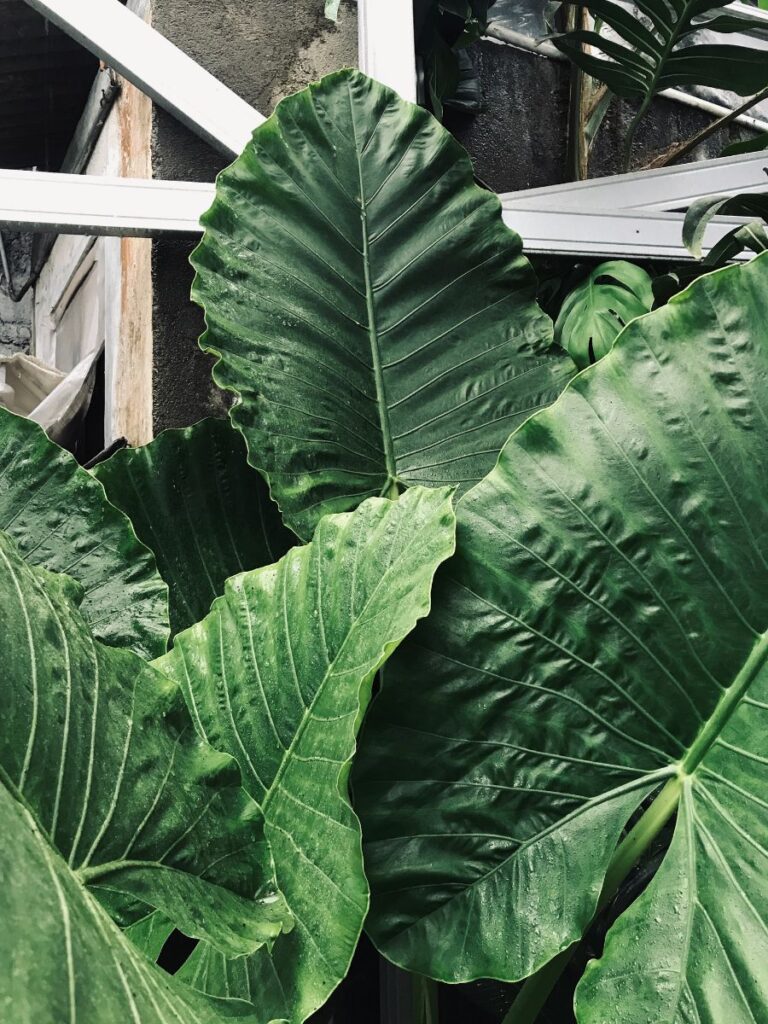
Fertilize with Care
When the warmer months roll in and your plant is in full growth mode, it’s feeding time.
I recommend a liquid indoor plant fertilizer with a balanced ratio of 10-10-10 for a reliable boost.
You can also add a sprinkle of seaweed or fish emulsion for that extra organic punch.
However, when the colder months hit and it’s not actively growing, let your plant take a break from the feeding frenzy.
It doesn’t crave those nutrients anymore, and too much might stress it out rather than help.
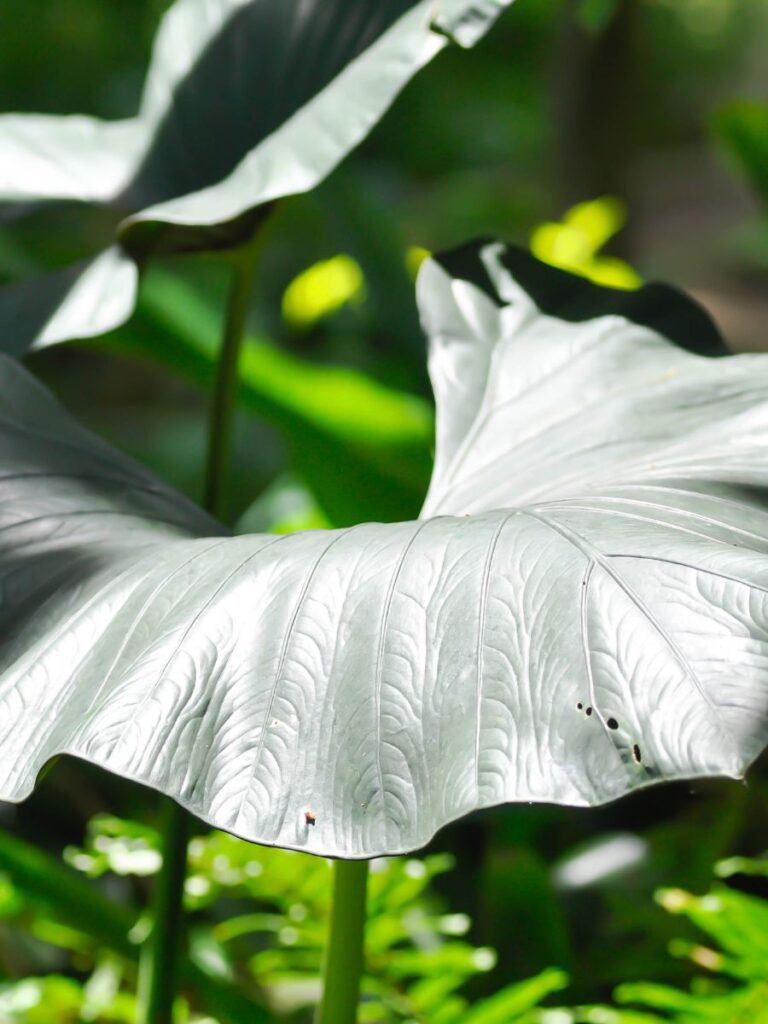
Care Tips from the Experts for Alocasia Wentii
To keep your Alocasia Wentii healthy and beautiful, here are some pro tips from the experts:
- Apply horticultural oil, such as neem oil, regularly to prevent pests from infesting your plant and its soil.
- Clean the leaves gently with a damp cloth to ensure optimal photosynthesis and help your plant reach its full potential.
- Don’t rush to repot your Alocasia Wentii. These plants prefer to be slightly root-bound and thrive when left in the same pot for a while. Wait until you see the roots poking through the drainage holes or creeping out at the top of the soil before considering repotting.
With its striking appearance and unique growth habit, the Alocasia Wentii is a must-have for any plant enthusiast.
By providing the right conditions and following these care guidelines, you can enjoy the beauty of this remarkable plant for years to come.
Source: https://thelittle.garden
Category: Houseplants
